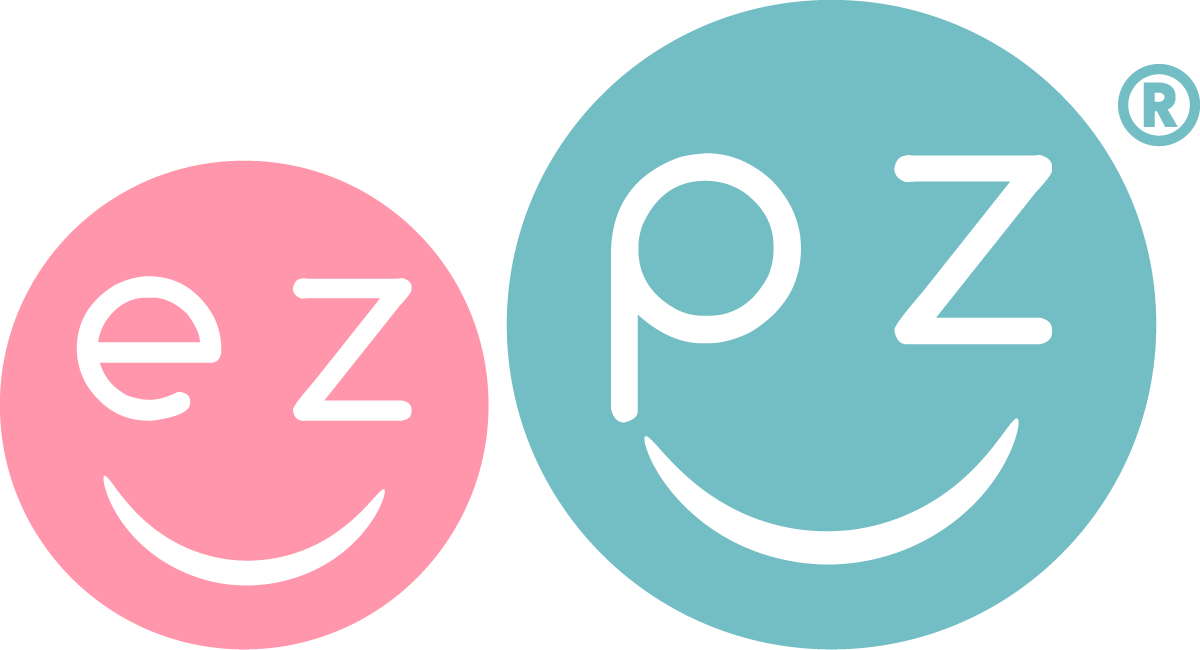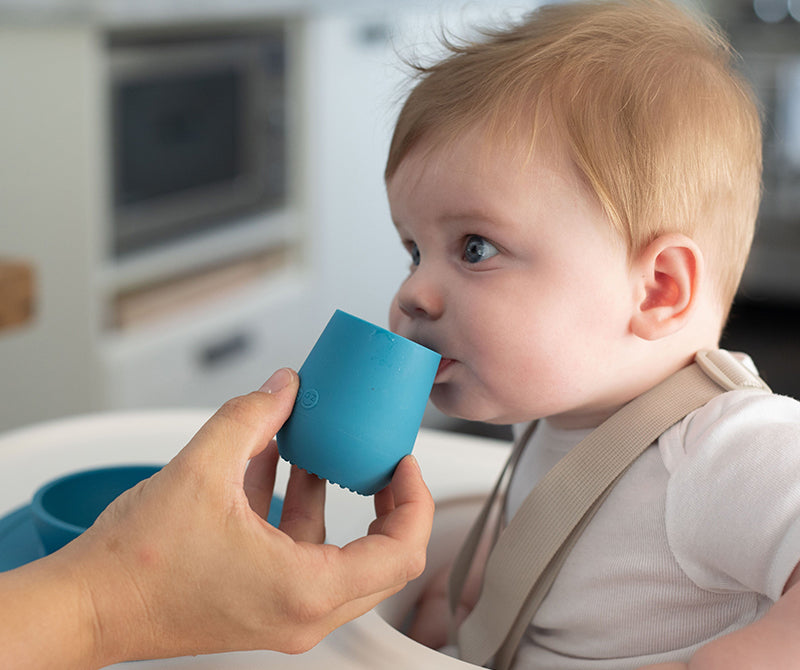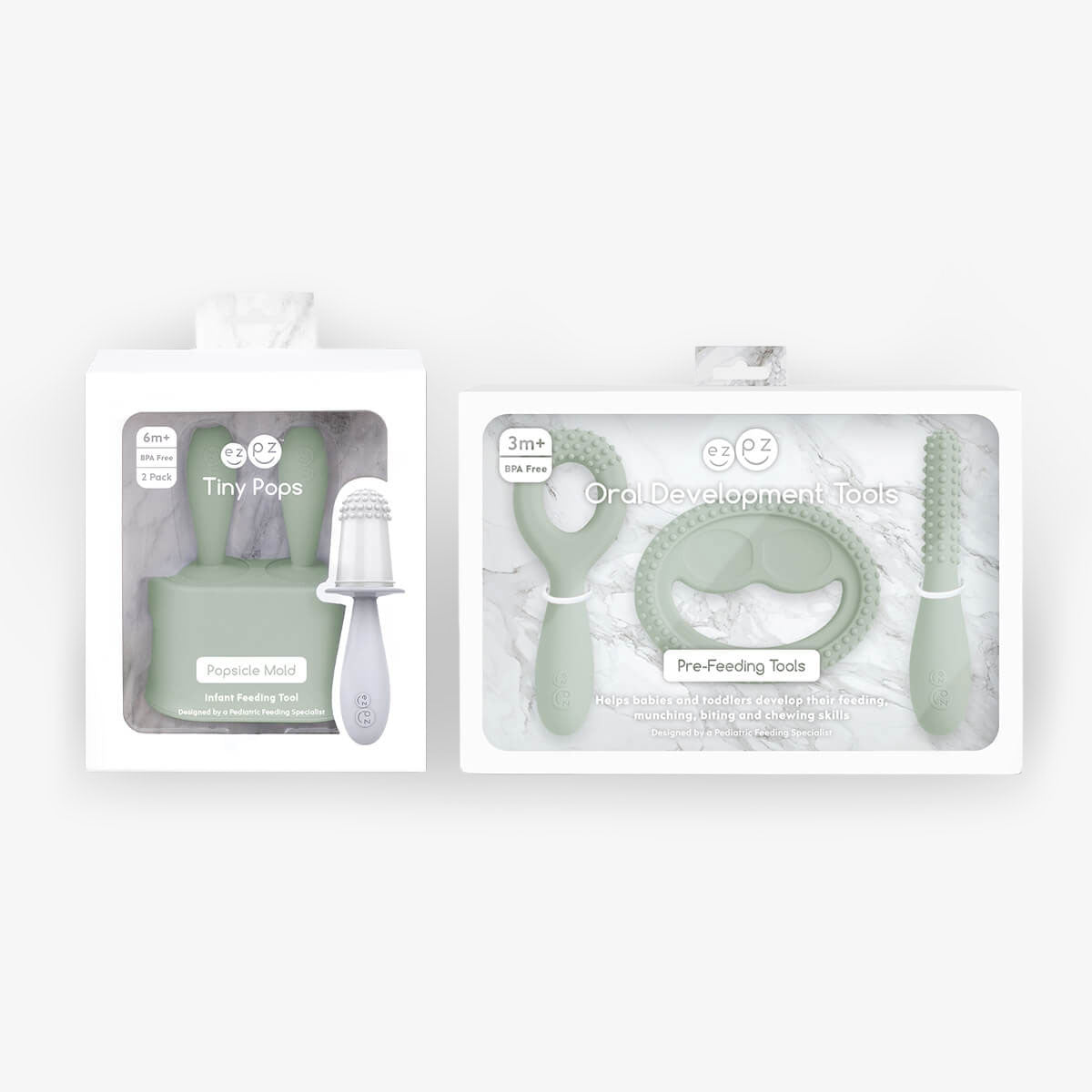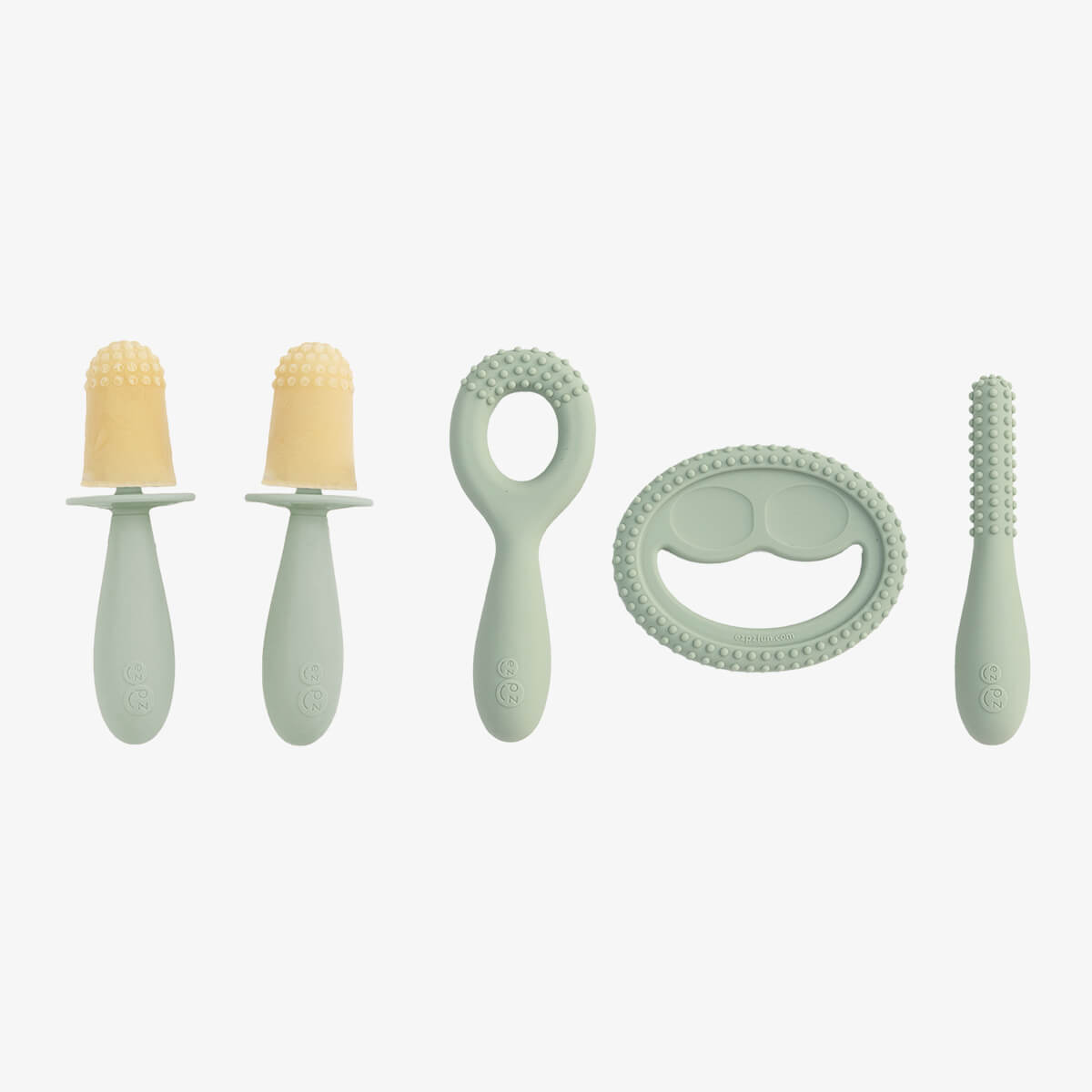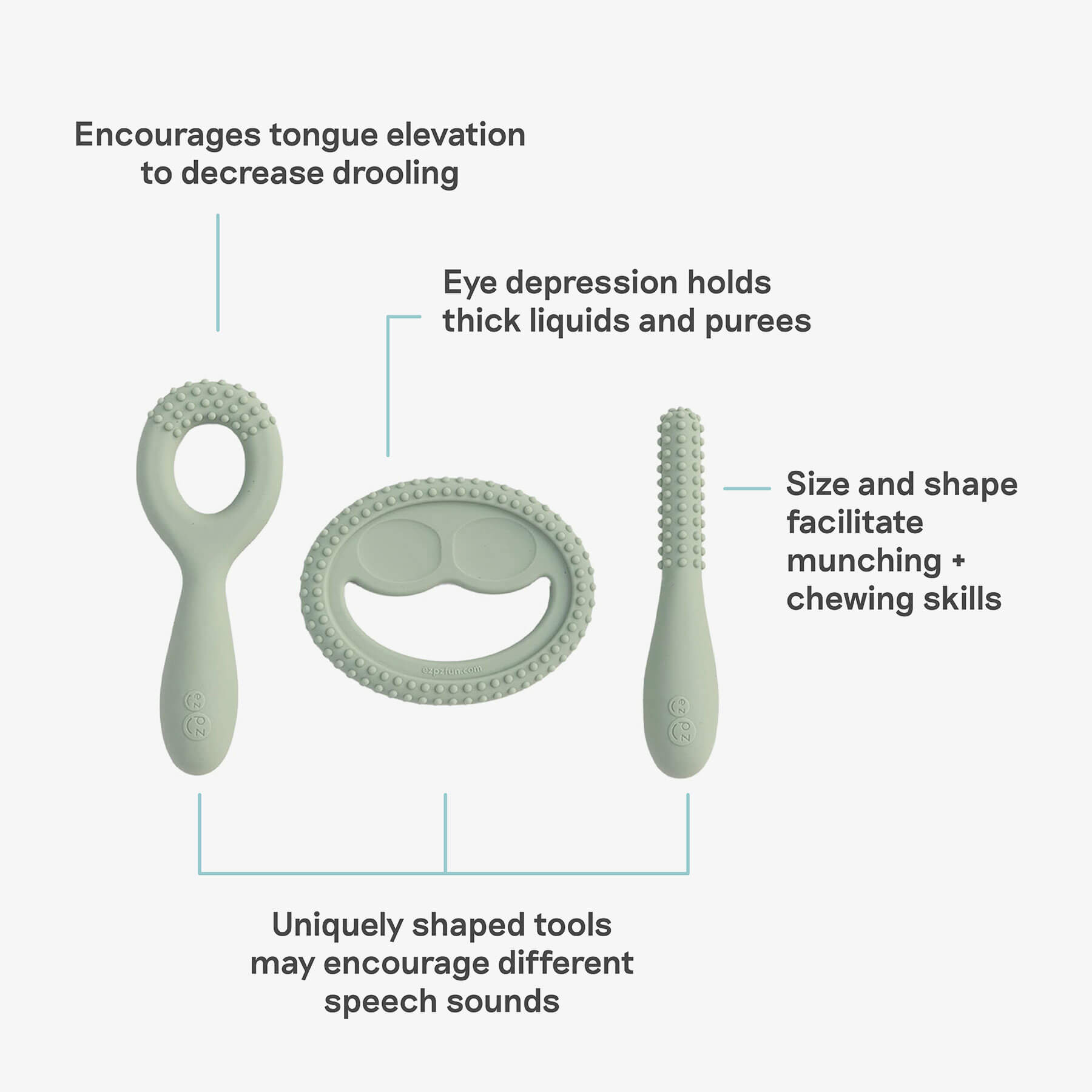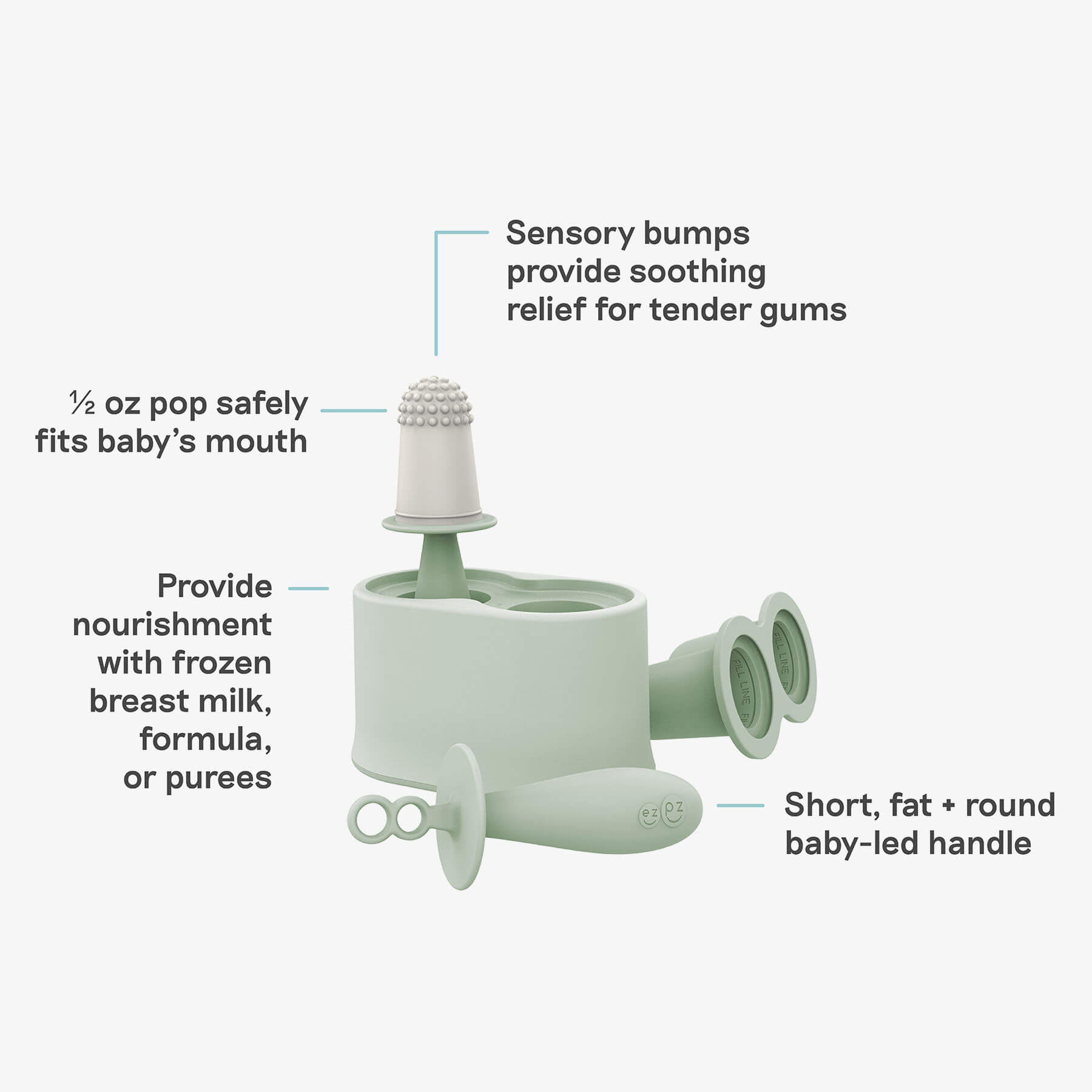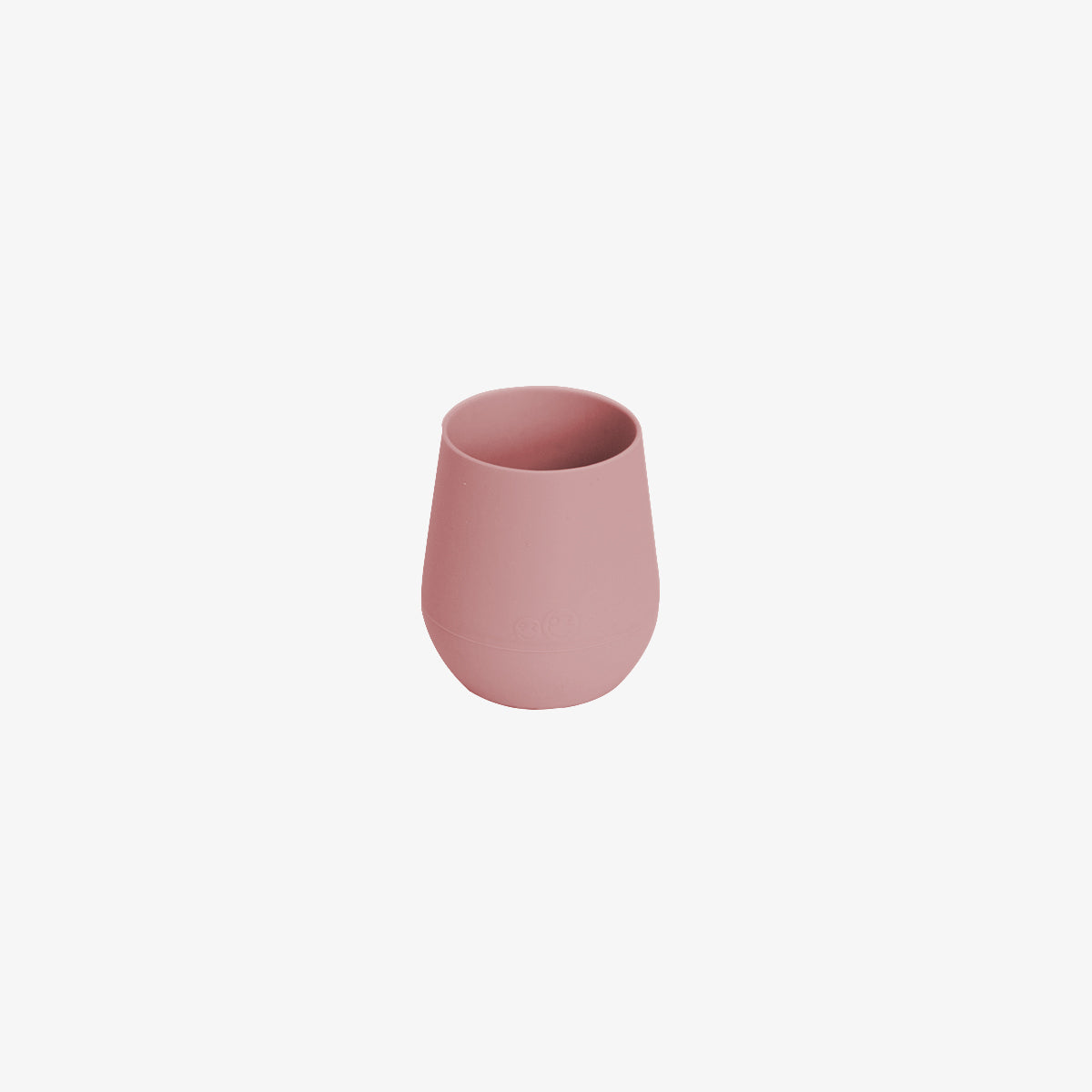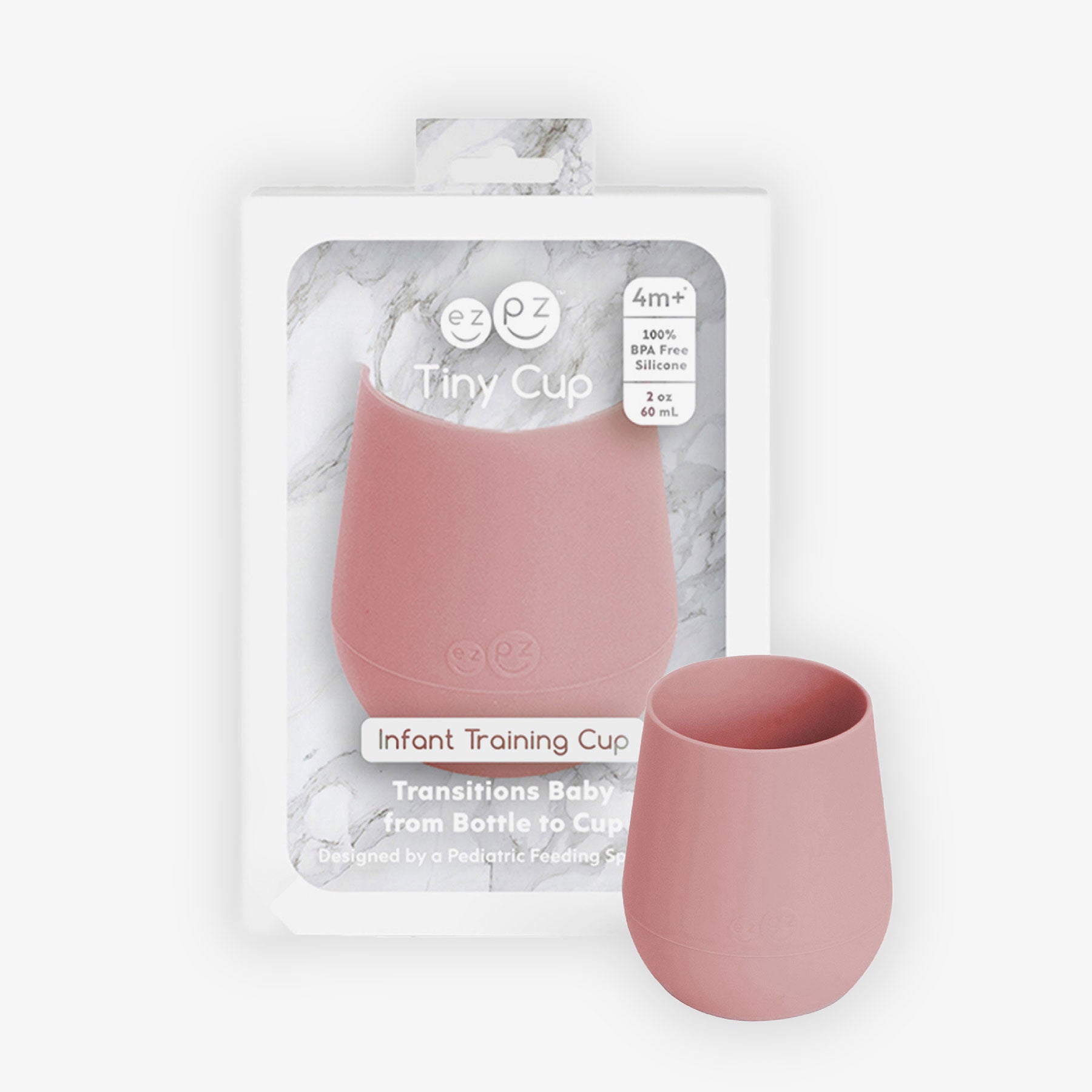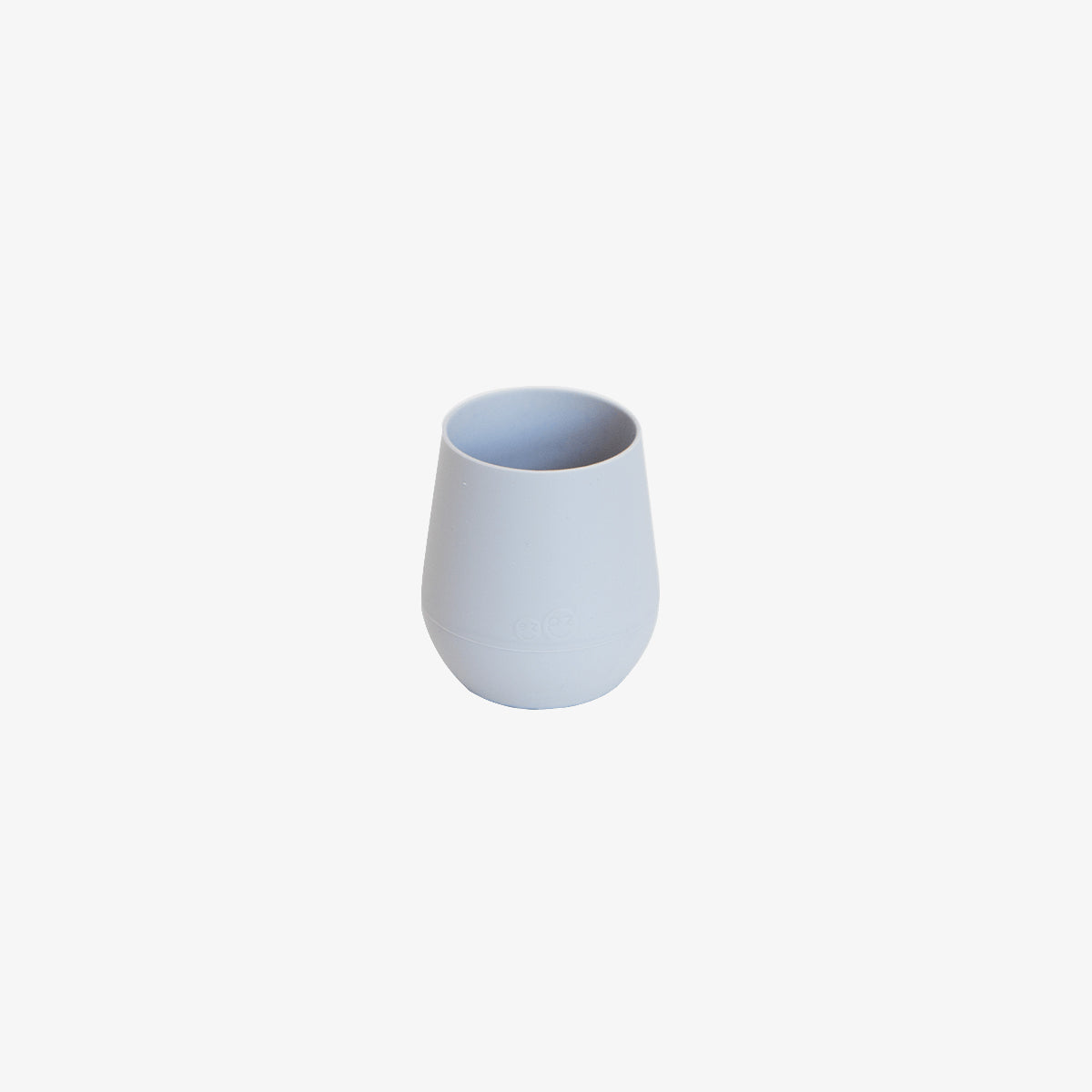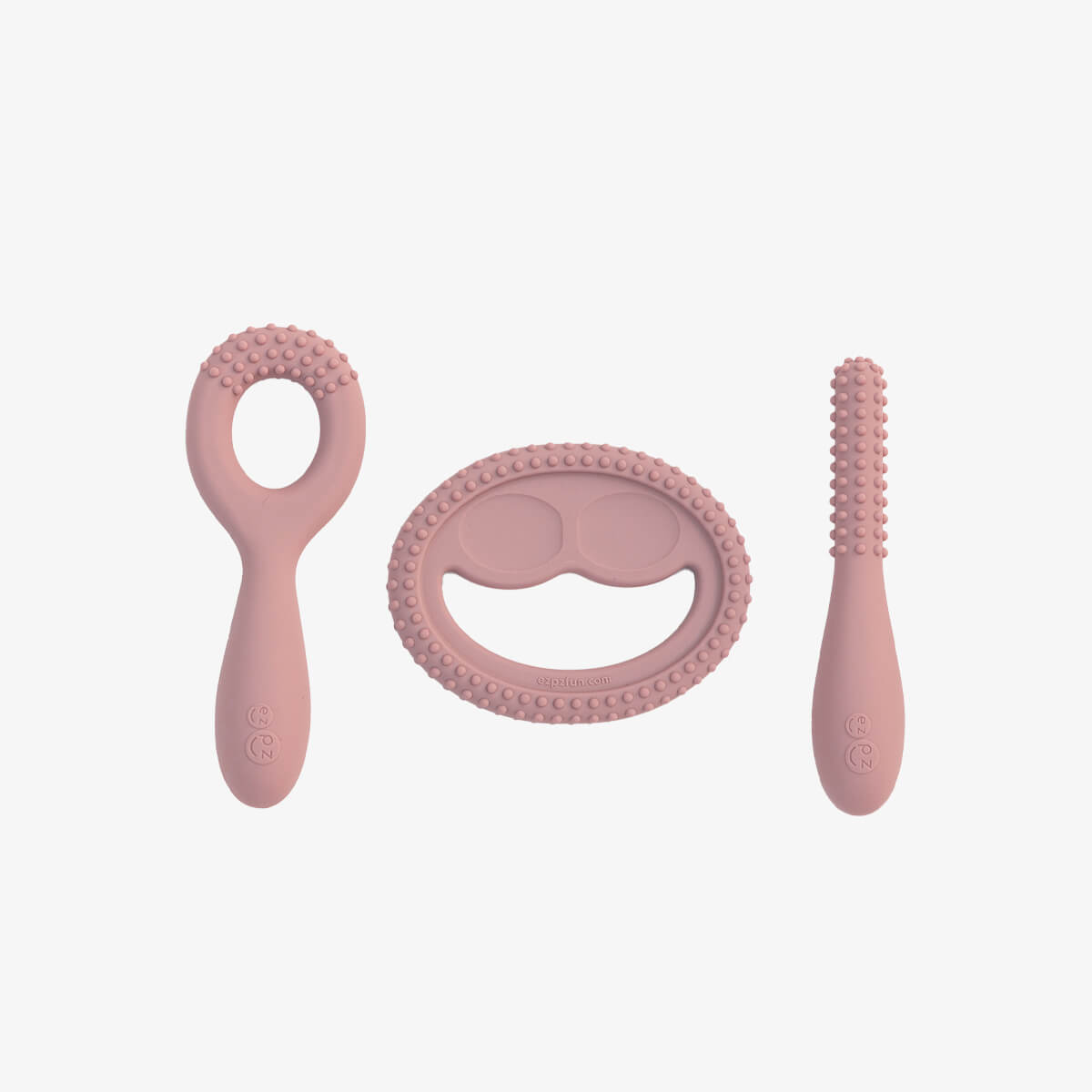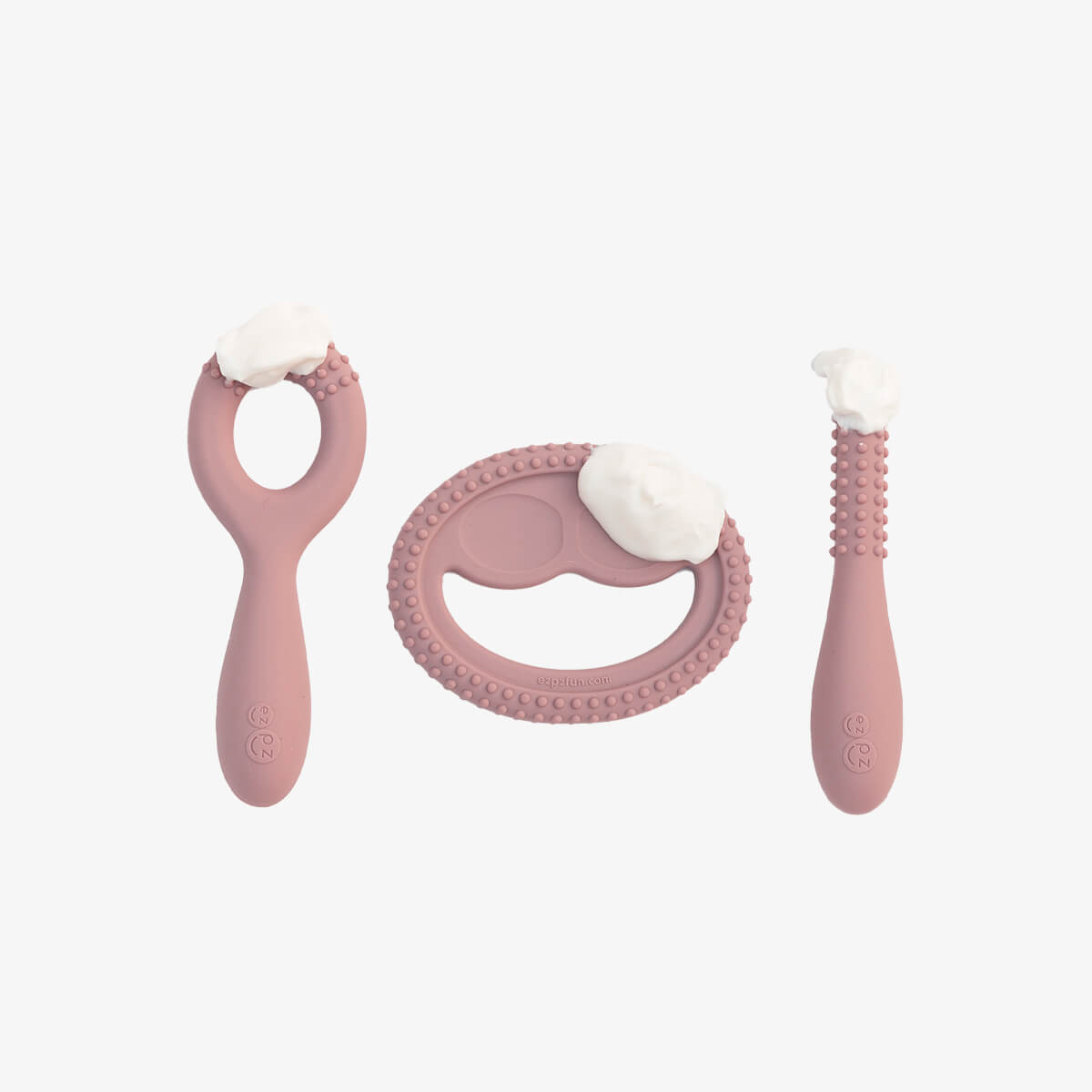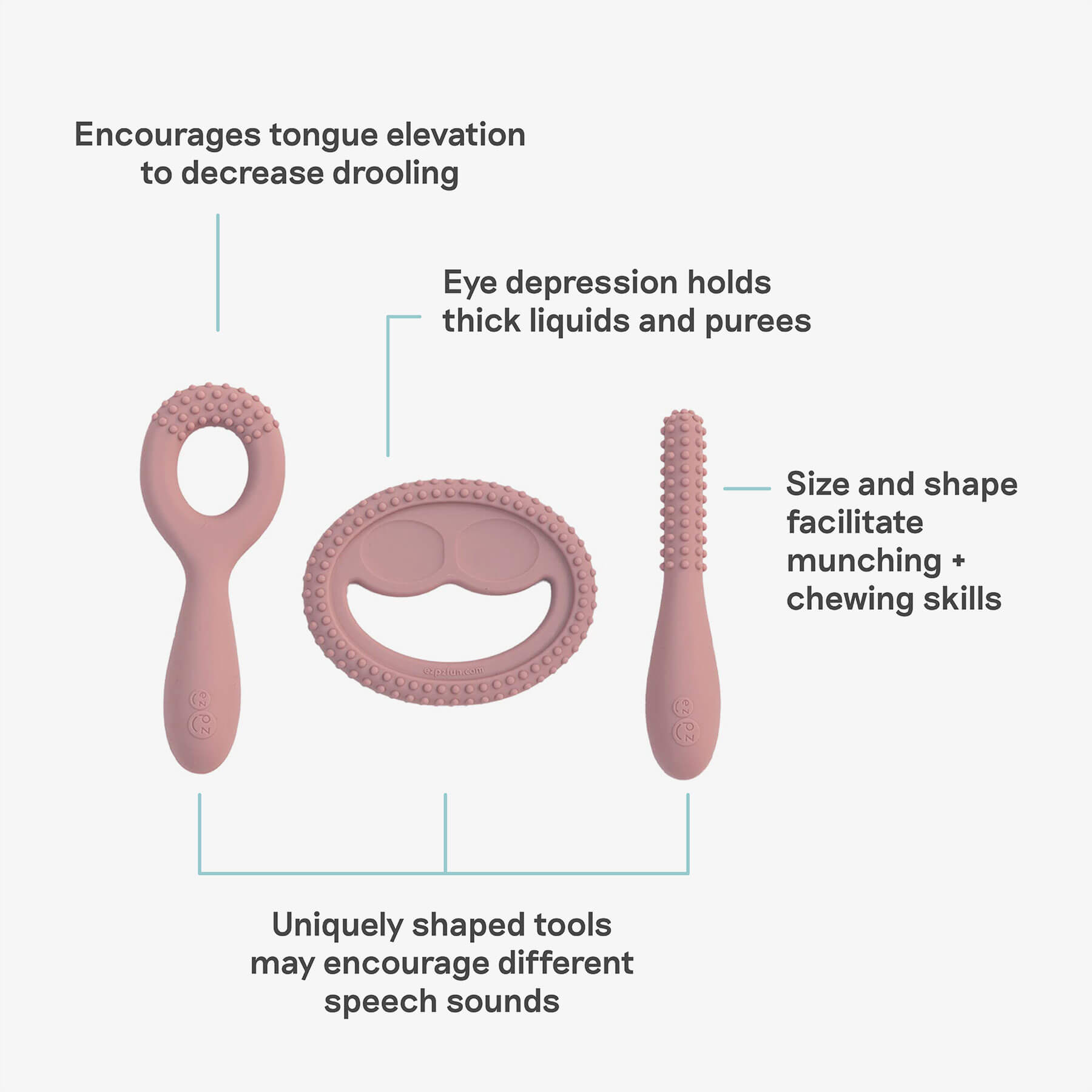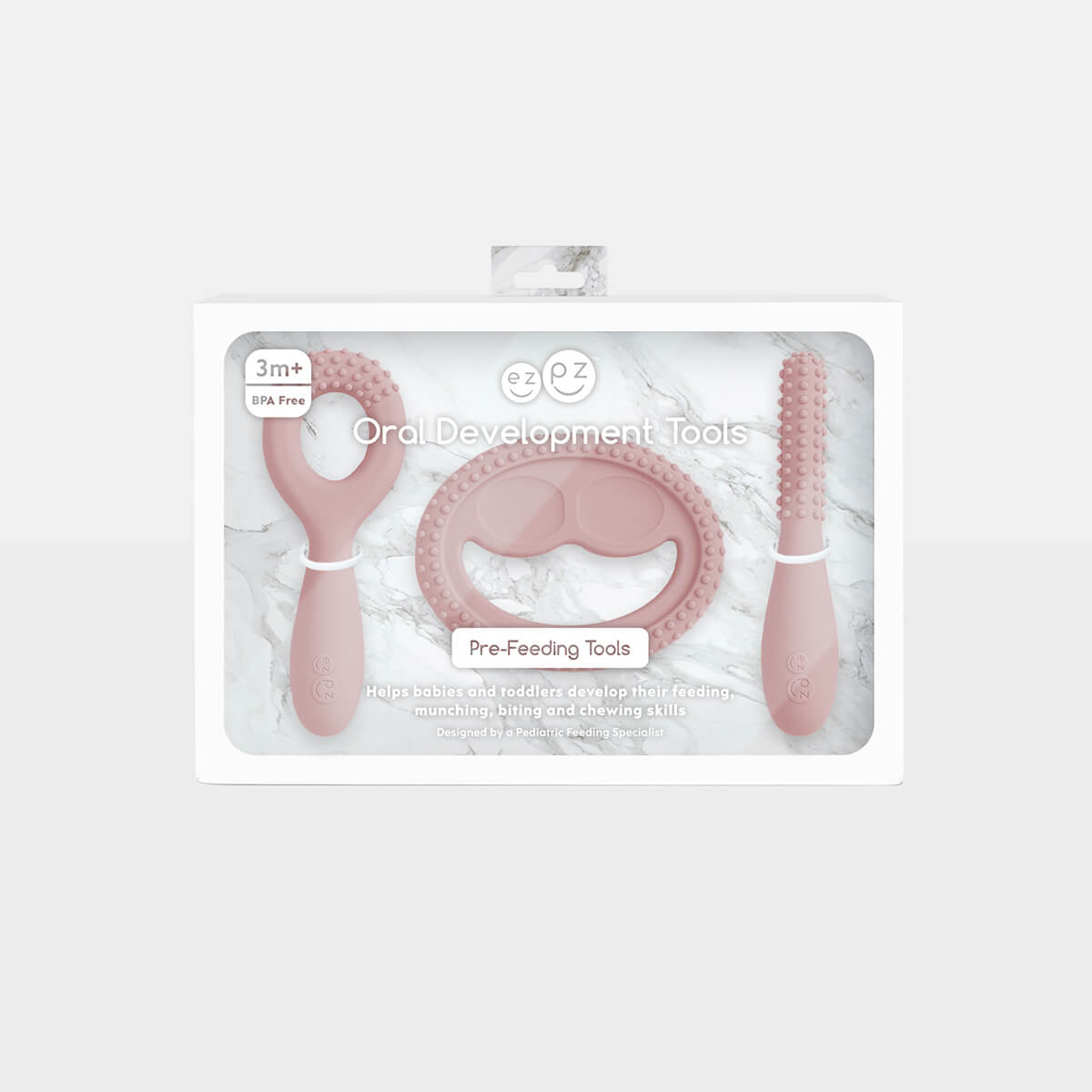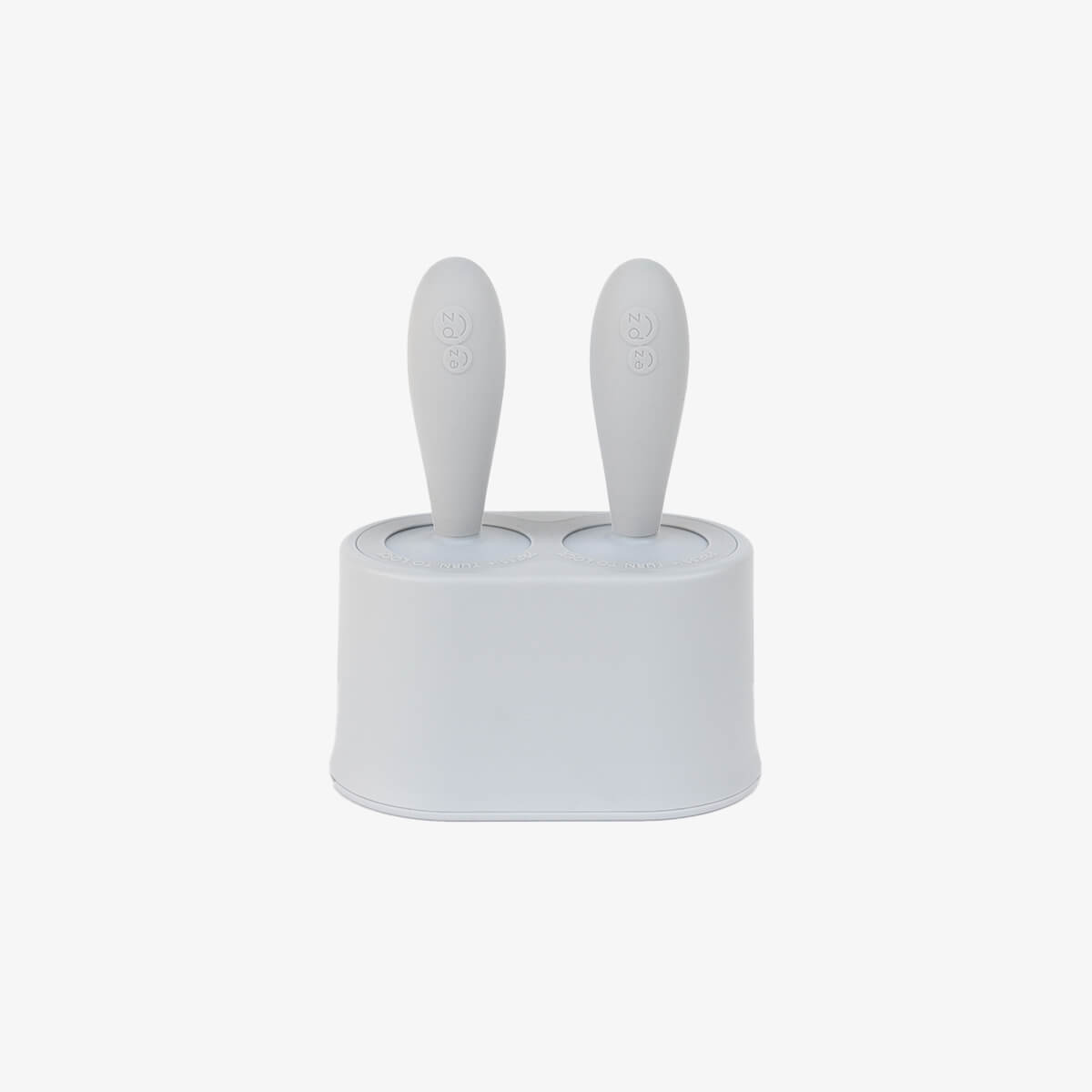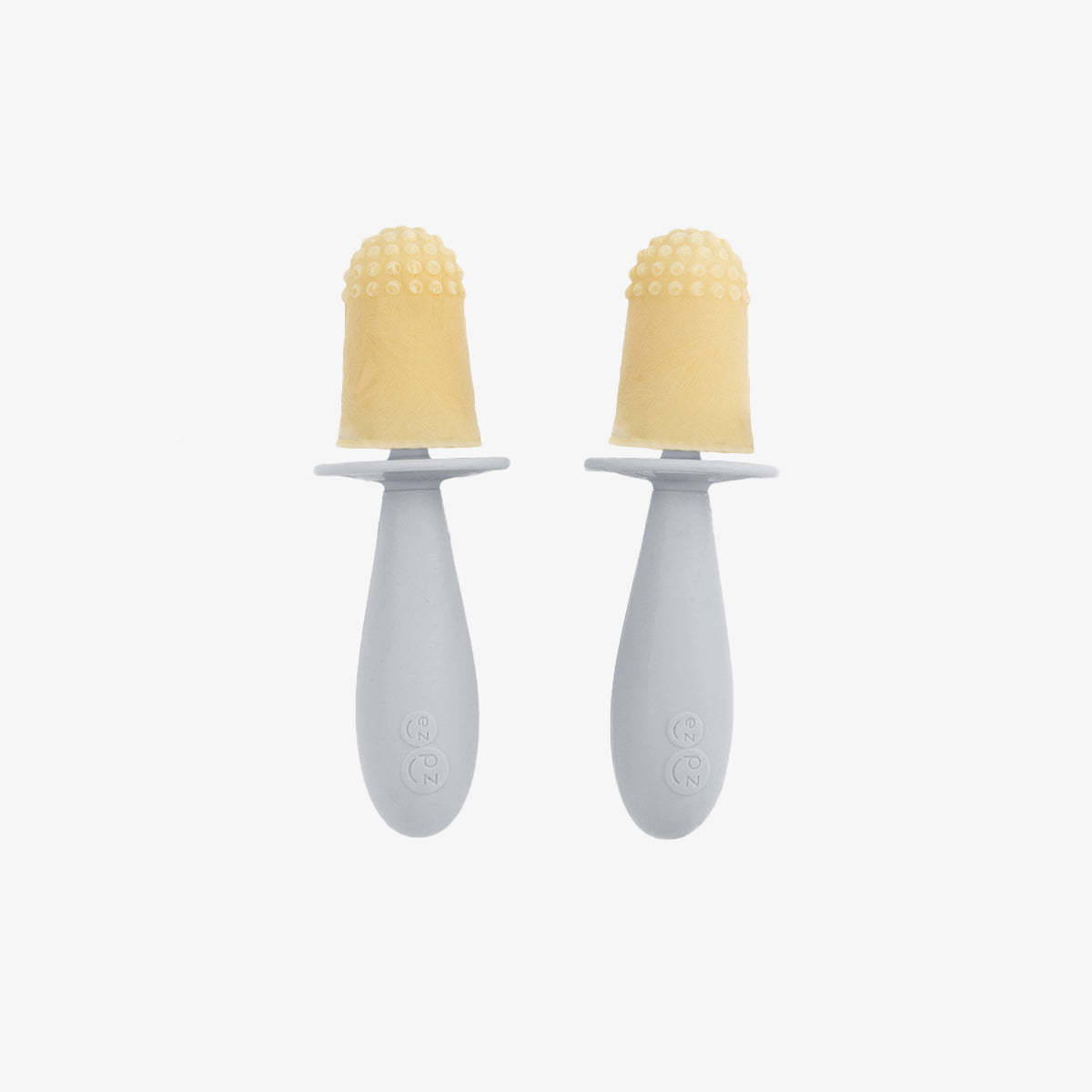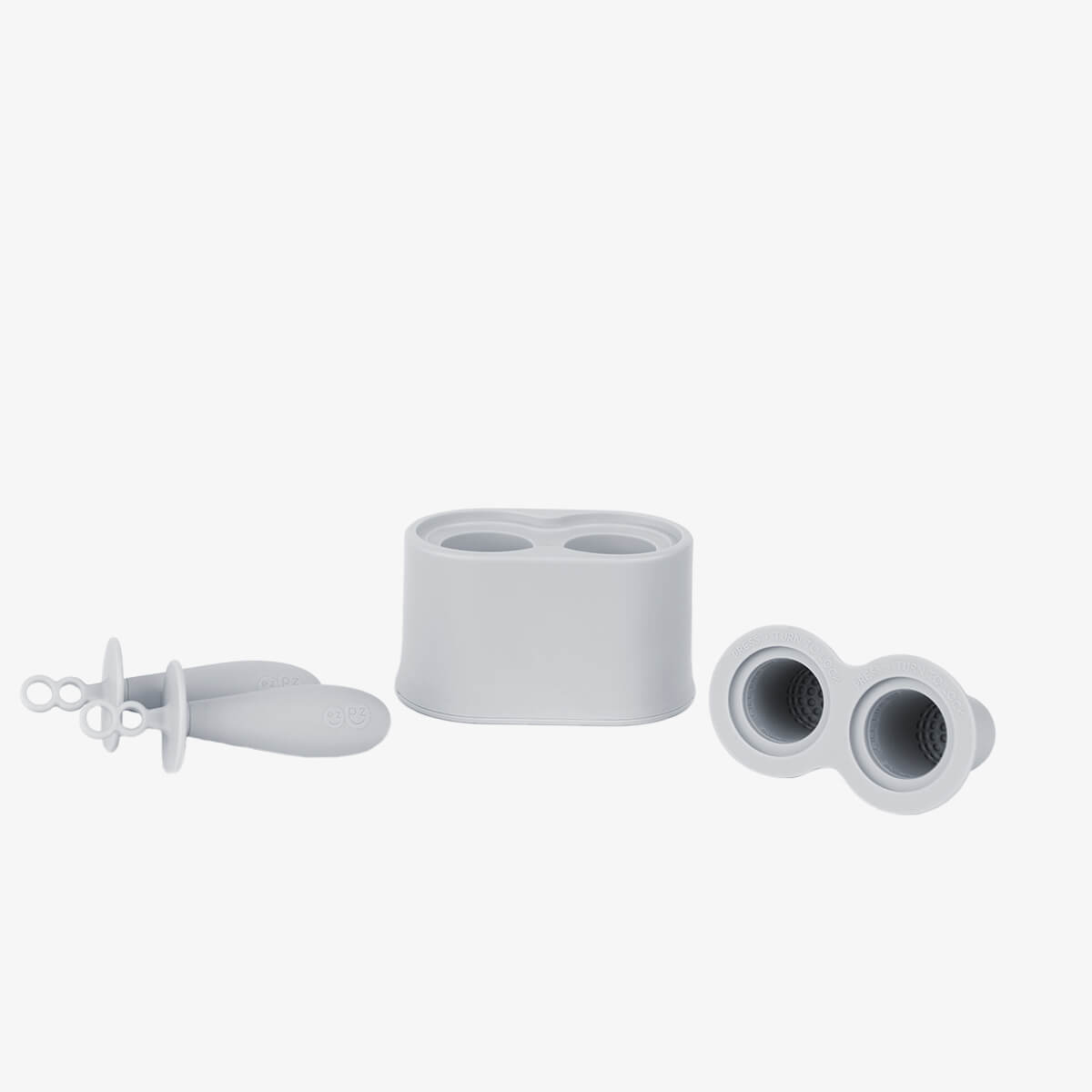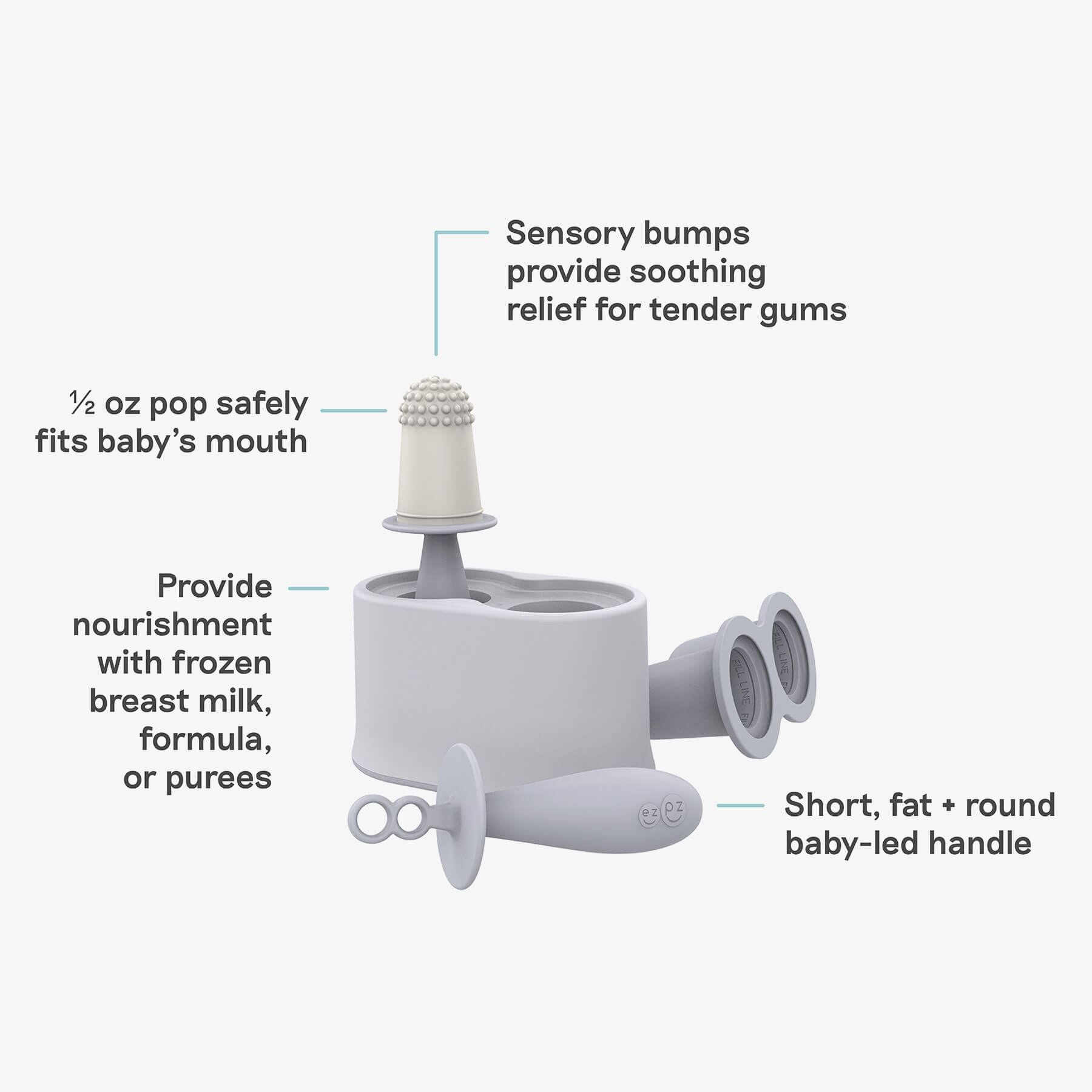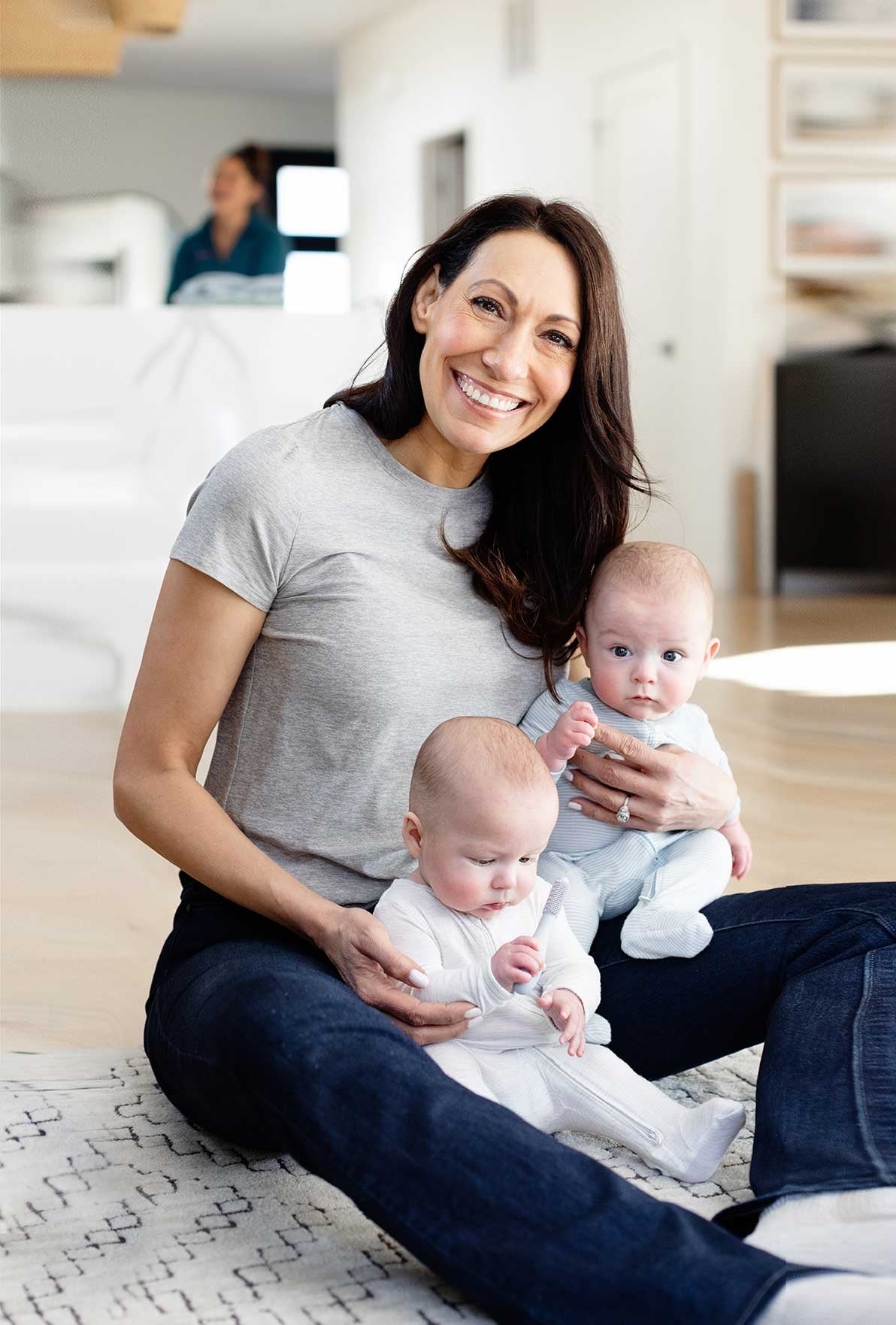As a Speech Language Pathologist, I recommend using a pacifier with an infant to provide comfort, especially for those moments in public when a mama is looking for a place to comfortably breast feed. However, in my profession I often see the overuse of pacifiers (having a pacifier in a baby’s mouth all day) and prolonged use (four and five-year-olds still using them). Here are my four tips to know when to stop using the pacifier:
Six Months: If you want to skip the paci battle with a toddler, I suggest weaning baby off the pacifier at six months of age.
- The American Academy of Pediatrics (AAP): The AAP also recommends stopping the pacifier at around six months in order to decrease the risk of ear infections and keep your baby healthy.
- Open Cup: When parents ask me for my number one tip for helping their baby get off the pacifier, I tell them to start open cup drinking. An open cup filled with breast milk or formula is a perfect way to work on this 4-6-month old developmental feeding milestone, while giving baby some comfort in lieu of sucking on a paci. Clinically, I also find that my infants in feeding therapy have decreased ear infections when they transition to an open cup by 6 months of age while simultaneously stopping pacifier use.
Stress: Sometimes life has a way of throwing curve balls while you are trying to wean your baby off the pacifier. If baby (or you) are going to be overwhelmed by a life change or stressful situation, then allow yourself a few extra weeks (or months) to overcome that hurdle and then tackle the pacifier transition. Some of the hectic circumstances that have required my clients to delay their pacifier exodus have been:
- Mom going back to work
- Moving into a new home
- Parents going through a divorce
- Baby going into daycare
- In-laws taking care of baby
- Moving to a higher elevation (pacifiers can help with ear pain associated with altitude change)
Starting Solids: If you are starting solids using the baby led weaning (BLW) method, then you are waiting to introduce foods until your baby is six months old.
- World Heath Organization (WHO): The AAP and the World Heath Organization (WHO) also recommend delaying solid introduction until six months of age. It’s a perfect opportunity to exchange one oral comfort item (pacifier) for another oral comfort item (solid foods) with your baby.
- First Foods: Introducing first foods while simultaneously stopping the pacifier at the same time makes the transition that much easier!
Sickness: If your baby has a cold, an illness or a respiratory issue then you may want to continue with the pacifier for a few weeks (or months) until baby recovers completely.
- Swallowing Disorder: Dysphagia (a swallowing disorder) or reflux are also reasons why parents and therapists may continue the use of a paci for a few additional weeks, since the sucking may help stimulate a swallow and/or decrease the pain associated with reflux.
- Surgery: If baby is scheduled for a surgery, hold on to that pacifier a while longer to help baby soothe and recuperate.
- Growth Spurt: If you take the pacifier away and your baby immediately sticks their thumb or fingers in their mouth, they might be going through a growth spurt. Baby may need a few more days to adjust to growth changes or fatigue associated with maturity.
The pacifier can give your baby some much needed sucking comfort during their early months. I hope these tips help you decide the right time for your baby to give up the paci. When did your little one quit the pacifier? #ezpzfun #pacifier
